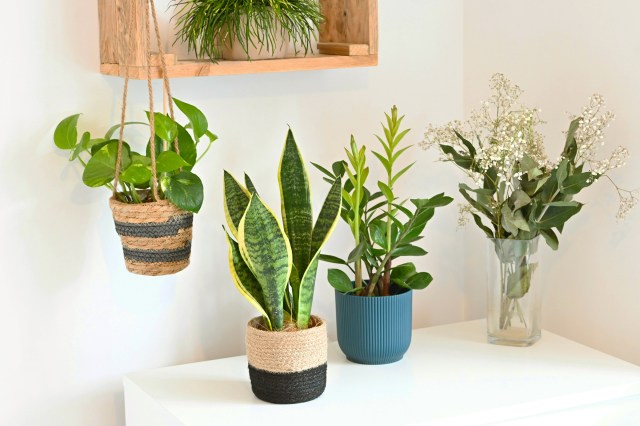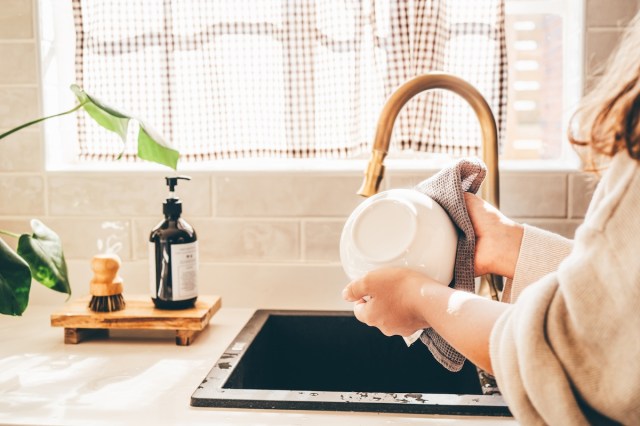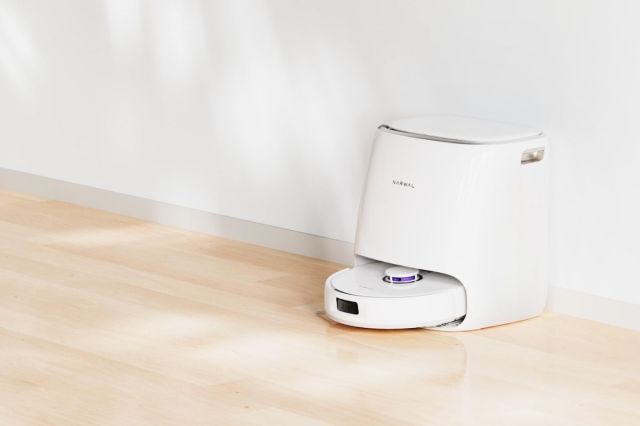All featured products and deals are selected independently and objectively by the author. Better Report may receive a share of sales via affiliate links in content.
For decades, green thumbs have praised the benefits of their potted companions, and for good reason. Not only do plants liven up a room, but their stress-reducing properties have proven mental health benefits to boot. One prevailing belief is that plants can improve air quality by filtering out harmful particles. Enter pot-lined kitchens, bedrooms, living rooms, and nurseries. But this idea, and the research behind it, is decades old — so how does it hold up now?

Plants in Outer Space
Supporters of the “plants are air filters” theory cite a famous 1989 NASA study that found plants cleared a small air chamber of VOCs (volatile organic compounds), specifically the gases benzene, trichloroethylene, and formaldehyde. VOCs are potentially harmful to our health, so a significant presence of VOCs in the International Space Station poses a threat to astronauts. These findings led to the hope that plants could resolve the problem naturally. While the data is verified, the experiment doesn’t translate well to real-life situations, giving consumers the wrong idea about indoor plants. Although plants can potentially clean the air in your home, this isn’t what actually happens.
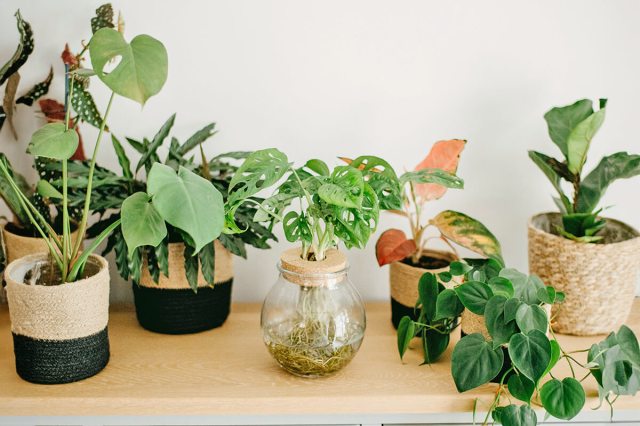
The Pitfalls of Plants
This is the answer we’ve all been waiting for but don’t want to hear: Although your pothos plants look lovely, houseplants do not improve indoor air quality in homes or offices. However, this doesn’t mean they can’t enhance air quality at all — they can and do remove VOCs — but the sheer number of plants it would take to do so is unrealistic. To clean the air of a 1,500-square-foot home, for example, you’d need around 680 plants, according to the American Lung Association. Although this sounds like a dream come true for some plant lovers, it’s not feasible unless you live in a greenhouse.
Further diminishing the theory, a 2020 study found that around 10 to 1,000 plants per square meter (depending on the type of plants and air pollution) would be needed to get results anywhere close to those found in the NASA study and other similar studies. This is because far more gasses constantly cycle into homes and offices (via outdoor air from windows, doors, ventilation systems, etc.) than enclosed chambers used in labs. This dramatically increases VOC concentrations, rendering the average indoor plant useless in combating them.
Not only are plants disproven to help clean the air, but they can also trigger allergies for some people. “They create more problems than they help,” says Dr. Nicholas BuSaba, associate professor of otolaryngology at Harvard Medical School. He recommends keeping them outside because they can foster mold and other allergens, which can cause adverse side effects for allergy sufferers.
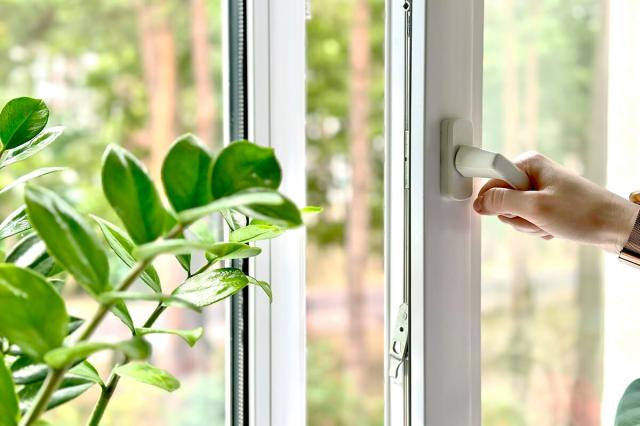
How to Clean Indoor Air
“It would be so wonderful if we had all these beautiful plants that clean our air for us, but there are more effective ways of cleaning indoor air that require mechanical systems to move air over some sort of filtration device,” explains Portland State University Professor Elliott Gall. But don’t pitch your plants just yet. Although they might not double as air filters, they’re still beautiful to look at and worthy additions to your home.
However, the U.S. Environmental Protection Agency offers three tips if you’re looking for new or better ways to clean your indoor spaces. First, eliminate sources of pollution and reduce emissions. This includes fuel-burning appliances, tobacco products, cleaning products, and pesticides (among other things). The EPA’s second tip is to improve ventilation, which means opening windows and doors, especially when indoor pollutants are present. The last piece of advice from the EPA is to invest in air cleaners, such as portable air cleaners, or upgrade your HVAC system to include a better filtration system.
Reader Favorites
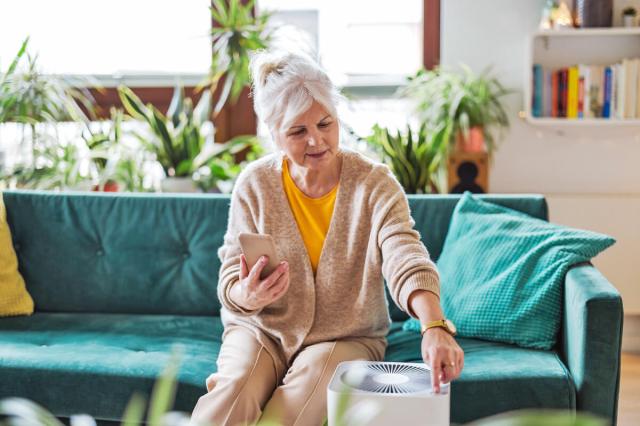
Choosing an Air Purifier
Portable air cleaners, also called air purifiers, might not look as pretty as a fiddle leaf fig, but they are proven to reduce or remove pollutants from indoor air while also ventilating the room with clean air. Choose an air purifier with a clean air delivery rate (CADR) large enough for the room you want to clean. This information should be listed in the product description.
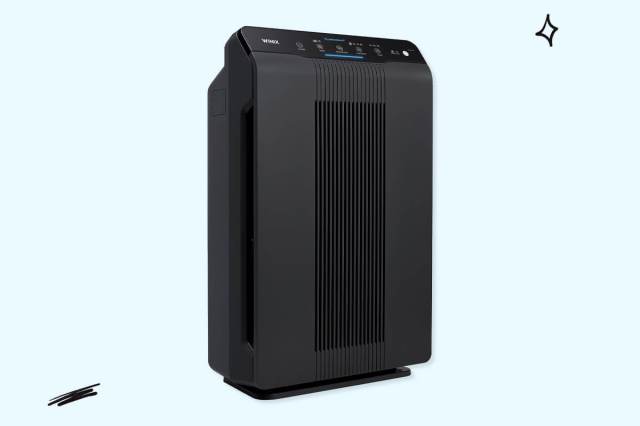
Look for the Right Filter
Look for purifiers that use a high-efficiency particulate air (HEPA) filter, such as this Winix model, and watch for activated carbon filters, which help remove gases. Other special considerations might include models made to mitigate pet allergies, smoke, dust, or other pollutants specific to your home or office. Hopefully, with these tips and tricks, you’ll enjoy cleaner indoor air in no time.
More From Our Network
Better Report is part of Inbox Studio, which publishes content that uplifts, informs, and inspires.
